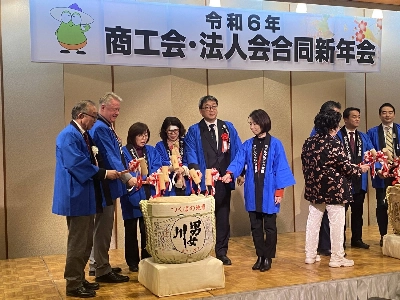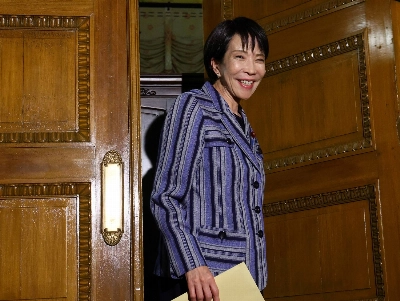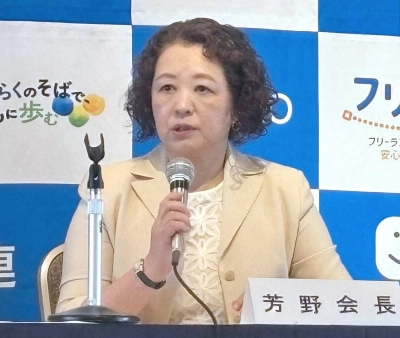In a Jan. 7 symposium at Dalian University of Technology, I delivered a keynote speech on the possibility of Japan's implementing the clean development mechanism in China.
CDM, a program described under the Kyoto Protocol, typically would work this way: A Japanese company builds a small hydroelectric power station, or provides technology and funds for improving the efficiency of a coal-burning thermal-power station. In exchange, the company receives carbon credits (tradable carbon-dioxide emission rights) equivalent to the resultant reductions of Chinese emissions of greenhouse gases (carbon dioxide, methane, nitrous oxide, two chlorofluorocarbon alternatives and sulfur hexafluoride).
Emissions of methane and other non-CO2 greenhouse gases are converted into CO2 equivalents on the basis of their global-warming potentials, a system of multipliers devised to compare warming effects of different gases.


















With your current subscription plan you can comment on stories. However, before writing your first comment, please create a display name in the Profile section of your subscriber account page.